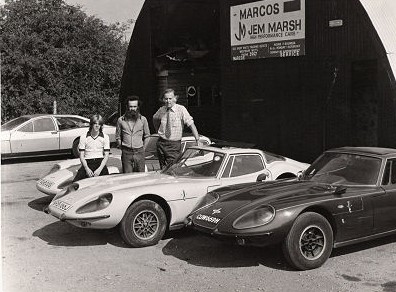"For many small volume car manufacturers the kit car route allows them to offer the buyer something different but without the need to have a large factory and workforce to finance. Jem Marsh, the founder of Marcos, realised this throughout "

Jem Marsh – The Marcos Man
Jem Marsh and Marcos cars have an interesting back story...
Having lived in the county of Wiltshire all my life, the name of Marcos has crept into several of our car conversations down the pub.
It’s a fantastic story of the British underdog who made some stunning looking cars. I decided to look further into the story of Marcos and its founder Jem Marsh.
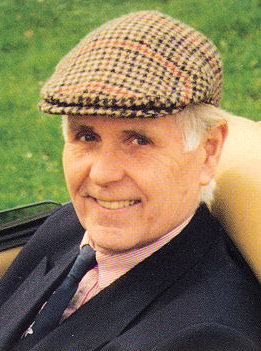
Jem left school in 1946, at the age of 16, and enlisted in the Royal Navy. At 6ft 4in he made quite a striking figure. Upon leaving the Navy, Marsh spent a period of time as a car salesman and in a ‘run away with the circus moment’ he then joined the European Motor Rodeo Display Team. Known as ‘Rodeo Rod’, Jem performed a variety of driving stunts in his own car!
After a period with Dante Engineering in 1955, Jem left to form Speedex Castings & Accessories in 1957. It was a chance encounter with Frank Costin – a man who had already worked for Lotus Engineering (Colin Chapman) – that resulted in the first MARsh / COStin build. A lightweight clubman with a plywood monocoque; this model was called the Xylon. The first car sold in May 1960 to Bill Moss, who drove it to win 9 out of 10 race starts, and even a young (future three-time World F1 Champion) Jackie Stewart drove a Xylon to 4 wins in 1961.
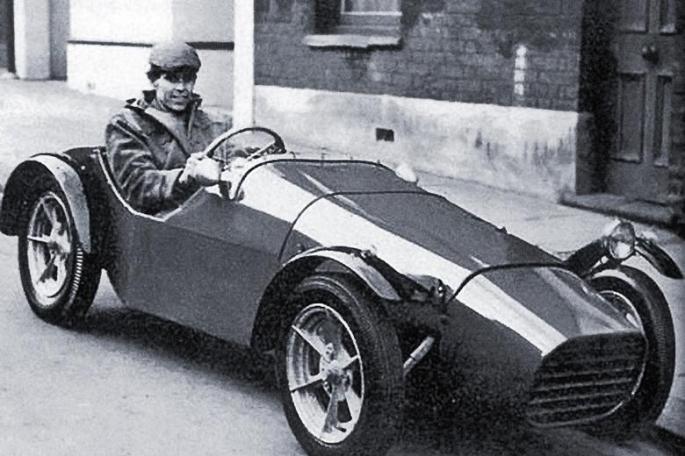
Following this early success there was a disagreement about the direction Marcos should take, Costin moved on and the money ran out. Jem Marsh didn’t give up, he managed to get backers who shared his vision and, between 1962 and 1963, Marcos Cars Ltd. moved to Greenland Mills, Bradford-on-Avon in Wiltshire.
Marsh realised, like many manufacturers before him, that to fund the very seasonal racing car production he needed to produce a proper road car. Peter Adams worked on a wooden hull for the road model and the power plant was to be a Volvo B18 4-cylinder engine, replaced by Ford units in 1966. This vehicle became the Marcos GT 1800 and first appeared in 1964 at the London Racing Car Show, its bodylines became the quintessential Marcos look for the next 30 plus years.
Another car was also in the pipeline, in the form of the front wheel drive Mini Marcos. Made from a glass-fibre monocoque, it proved popular with privateers for motorsport, with even Jem Marsh competing in one. The Mini-Marcos made its debut at a rain-soaked Castle Combe racetrack on 25th September 1965 and showed its racing form as the only British car that made it home in the 1966 Le Mans 24 Hours race.

After this success Marsh felt that he should produce a ‘properly quick car’ for Le Mans, and in 1968 built a futuristic looking, plywood monocoque, mid-engined sports-racer called the Mantis XP. After a meeting with Jack Brabham (apparently in a Chinese restaurant in Guildford) Marsh secured a powerful Repco-Brabham V8 engine, however the Mantis XP raced only once at Spa and issues, such as a delayed Le Mans in 1968, meant it sadly never made it to la Sarthe. The XP made a rare public appearance at the 2010 Goodwood Festival of Speed.
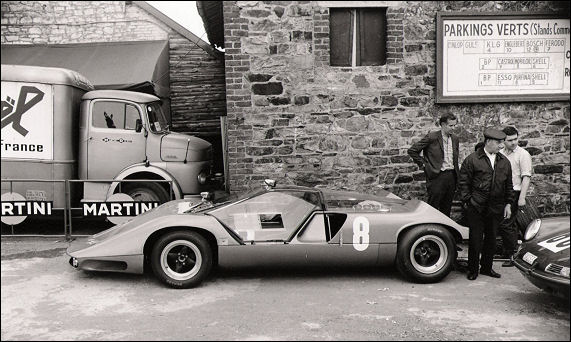
October 1968 saw the release of the Marcos 3-litre, powered by a Ford Essex V6, at the London Motor Show and marked a change in Marcos’ fortunes. In 1969, the manufacturer moved away from a wooden chassis and started to use steel. That same year, rock singer Rod Stewart decided to buy himself a Marcos and apparently took the sales brochure on tour with him to spec the car; and a Marcos racer appeared, along with a TVR Vixen, in an episode of The Saint called ‘The World Beater’. With a Marcos also being driven by Roger Moore, it gave the British brand some further celebrity endorsement.
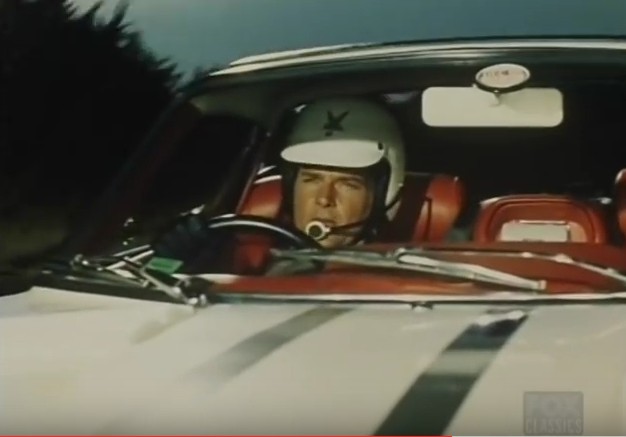
The 70s saw Marcos move to a larger, and more expensive, factory in Westbury, Wiltshire. However, during the late sixties, Marcos had decided to build a four-seater, the M70 Mantis, and it was not selling well. Trouble was also brewing in the US, one of Marcos’ biggest clients, after 27 cars were impounded in the belief that they did not meet the strict US emissions ruling; it was found afterwards that they did. Delays to the revenue stream were just too much for the Marcos brand and Marsh was forced to sell up.
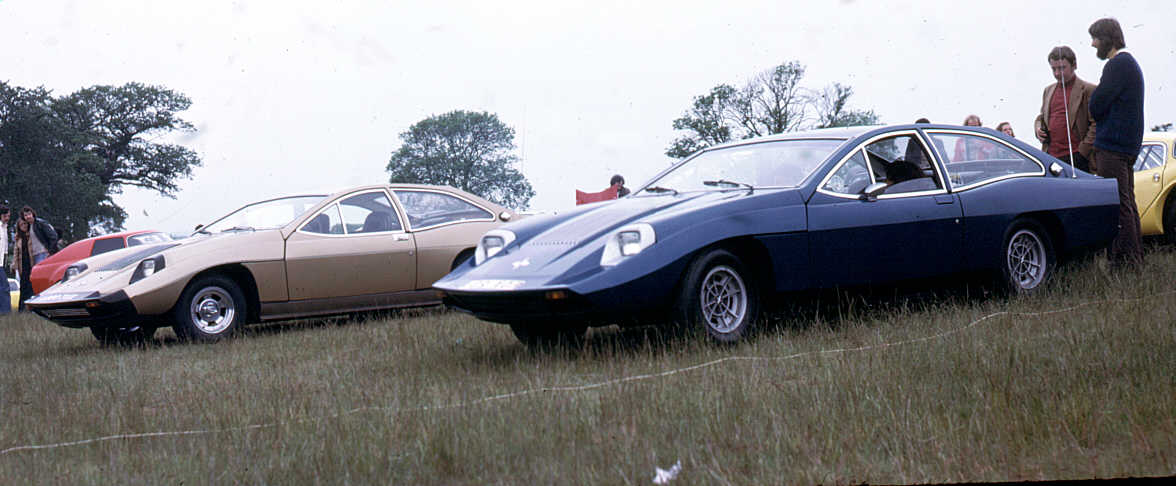
Down at heart, Jem Marsh set up nearby selling spares for a time, but decided to give Marcos another go in 1981. The relaunch was very successful and began by selling the classic GT in kit form, however a new Marcos, the Mantula (170 coupes built) followed in 1983, the Spyder (119 produced) in 1986 and the Martina (80 produced) in 1991. Marcos was available as factory only builds from 1992, including the Marcos Mantara (look out for ultra-rare LM cars as only 30 of these were built to meet endurance racing homologation rules – Maxi Jazz from the dance outfit ‘Faithless’ has owned one). The Mantis (51 cars), Mantaray (26 cars), Marcasite, TSO (7 cars) and Spirit 220 all followed in very limited numbers.
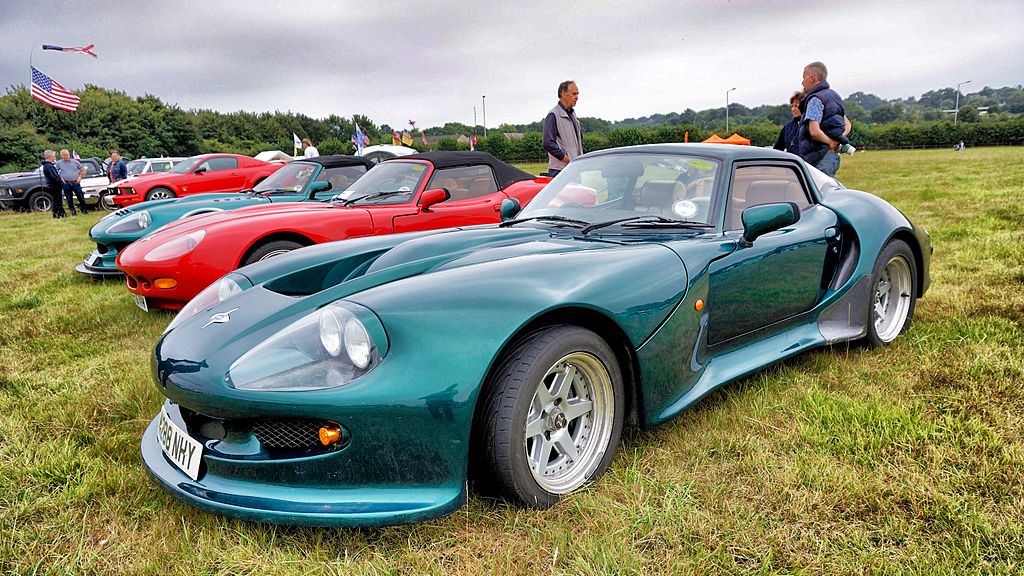
Marcos went through various ownerships during the 1990s with Jem Marsh always acting as the public figurehead. Jem passed away on the 2nd March 2015, aged 84, having lived a passionate automotive life. He died knowing his name would live on through some very rare and special cars.
CLICK TO ENLARGE



